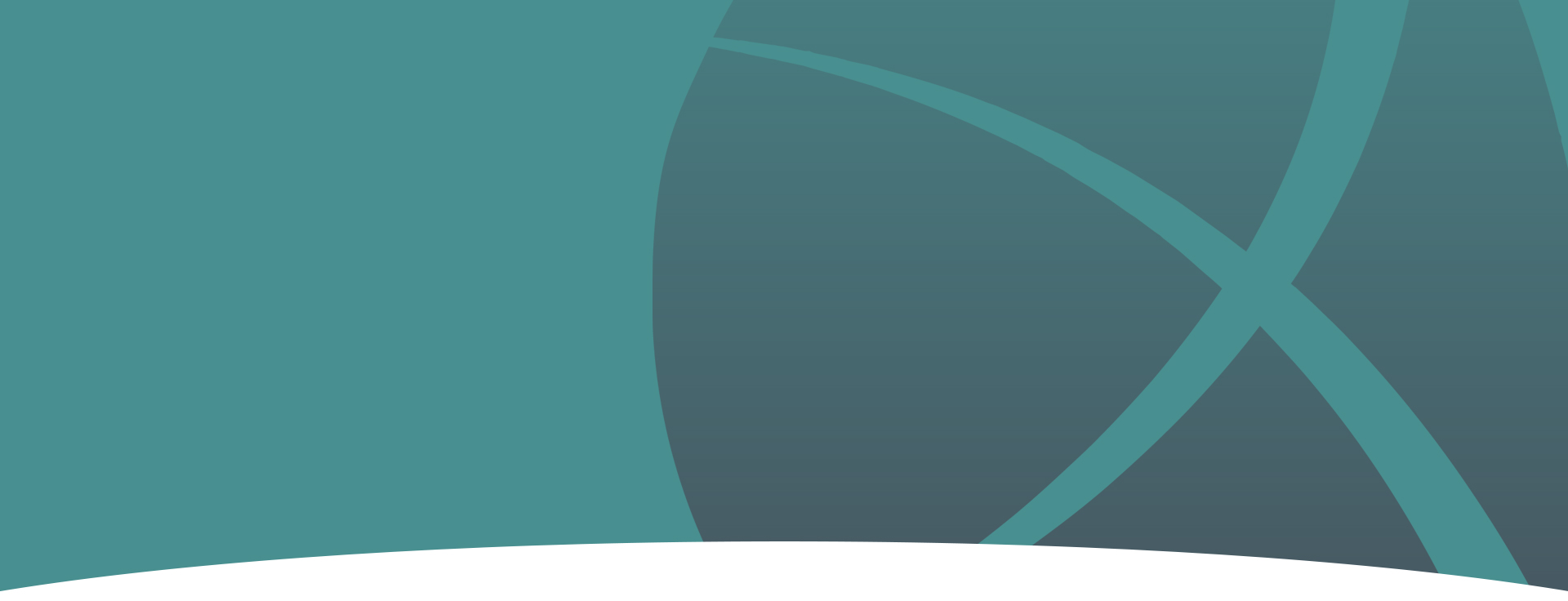FAST, EXPERT CARE WHEN YOU NEED IT
We offer our Injury Access Clinic at our Main Office Monday through Thursday, 8:00 a.m. – 4:30 p.m., and on Friday, 8:00 a.m. – 4:00 p.m.
We offer our Injury Access Clinic at our Main Office Monday through Thursday, 8:00 a.m. – 4:30 p.m., and on Friday, 8:00 a.m. – 4:00 p.m.

Health Articles
Health Articles
Each of the following health articles was authored by one of our expert orthopedic doctors at Orthopedic Associates. Please use the Learn More button to read the article in full.
SLAP Tear (Superior Labrum from Anterior to Posterior Tear)
This condition is a tear of the labrum in the shoulder joint. The labrum is a ring of cartilage around the shoulder socket that stabilizes the head of the humerus. A SLAP tear occurs at the point where the biceps tendon attaches to the labrum.
Shoulder Separation
This is an injury of the acromioclavicular joint (commonly called the "AC" joint). This is the joint where the clavicle meets the scapula. A shoulder separation is a stretching or a tearing of the ligaments that support these bones.
Shoulder Instability
This is a looseness of the shoulder joint. With it, your arm slides around too much in the socket. It may slip out of the socket easily. Instability can happen because the ligaments that hold your shoulder together aren't tight enough.
Shoulder Impingement Syndrome
This is a painful pinching of soft tissues in your shoulder.
Shoulder Dislocation
The shoulder is a ball-and-socket joint. The ball of your upper arm bone fits into a socket in your shoulder blade. If the ball slips out, your shoulder has "dislocated."
Rotator Cuff Tear
The rotator cuff is a group of muscles and tendons in each shoulder. It holds your upper arm bone in your shoulder socket. It keeps your arm stable while allowing it to lift and rotate. Too much stress on the rotator cuff can cause a tear.
Rotator Cuff Injuries
The rotator cuff muscles and tendons hold your upper arm bone in your shoulder socket. A hard fall, repetitive arm motions or problems with the structure of your shoulder can injure the rotator cuff.
Rheumatoid Arthritis (RA) of the Shoulder
Rheumatoid arthritis is a disease of the immune system. This is the system that protects you from infection. RA may cause pain and stiffness in your shoulder where the humerus (the bone of the upper arm) meets the shoulder socket.
Proximal Humerus Fracture (Broken Shoulder)
This condition is a fracture of the head of the humerus - the "ball" of the shoulder's ball-and-socket.
Kyphosis
This condition is a deformity of the spine. With it, your vertebrae change from a cylindrical shape to a wedge shape. Your spine may begin to curve forward. Eventually, this gives your upper back a rounded appearance.
Osteoarthritis of the Shoulder
Osteoarthritis, also called degenerative arthritis, is a gradual breakdown of cartilage in the joints. Cartilage is a tough, flexible connective tissue that protects the ends of bones in the joints.
Muscle Imbalance in the Shoulder
Some of the muscles in your shoulder have opposing roles. When you move your arm, certain muscles contract while their opposing muscles relax. But when a muscle becomes much stronger than its opposing muscle, your shoulder can become unstable.
Hill-Sachs Lesion
This condition is a traumatic fracture of the humeral head that leaves an indentation in the bone. This changes the shape of the humeral head and can interfere with normal arm motion.
Facet Joint Syndrome
This condition is a deterioration of the facet joints, which help stabilize the spine and limit excessive motion.
Glenoid Labrum Tear
If you have pain in your shoulder, you may have a torn labrum. That's the thick band of tissue that goes around your shoulder socket. It helps make the socket deeper. It cushions the bone of your upper arm and keeps it from slipping.
Frozen Shoulder (Adhesive Capsulitis)
This condition is a loss of motion or stiffness in the shoulder, usually accompanied by pain in the joint.
Fractures of the Shoulder Blade (Scapula)
This condition is a break of the scapula, the large, flat, triangular bone that contains the shoulder socket. Because the scapula is well protected by the muscles of the shoulder, scapula fractures are uncommon.
Fractures of the Greater Tuberosity
This condition is a fracture of the bony bump that is located opposite of the head of the humerus. This type of fracture can interfere with the rotator cuff.
Fracture of the Shoulder Socket (Glenoid Fracture)
This is a fracture of a part of the shoulder blade called the "glenoid." This is the socket that holds the head of the humerus (the bone of the upper arm). A glenoid fracture can allow the head of the humerus to slip out of the socket.
Clavicle Fracture (Broken Collarbone)
This is a common shoulder injury. It's a break of the bone that rests between the shoulder blade and the sternum. We call it the "collarbone." Your collarbones help connect your arms to your body.
